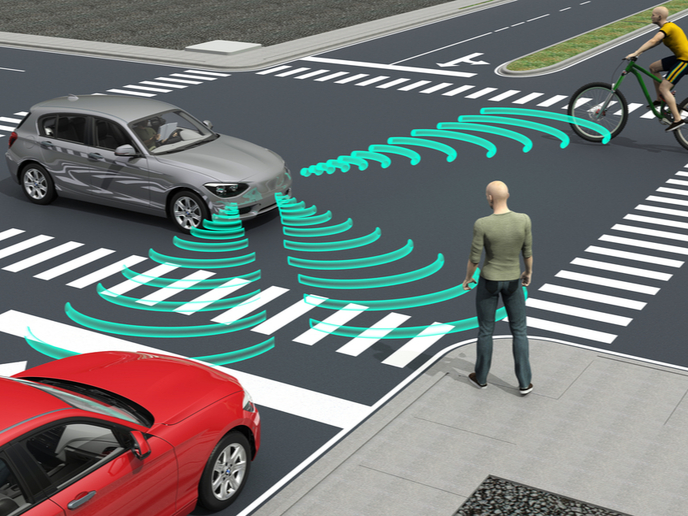Azimuthing control training for the maritime sector
An azimuth thruster is a configuration of marine propellers placed in pods that can be rotated to any horizontal angle, giving ships better manoeuvrability than a fixed propeller and rudder system. However, they can be complicated and counterintuitive to operate for those using the thrusters to manoeuvre and control vessels. The EU-funded project AZIPILOT (Intuitive operation and pilot training when using marine azimuthing control devices) was established to improve the security and safety of ships by training maritime pilots on operating vessels equipped with azimuthing control devices. This initiative brought together not only the industry sectors responsible for design and testing, simulation and training, but also the pilots that operate these ships and the authorities that regulate them. The aim was to promote wider understanding across the maritime industry, leading to harmonisation of practice and recommendations for both policy making and the pilot training process and practice. Although the various sectors of the industry have their own expertise, a lack of communication is limiting progress and compromising safety. AZIPILOT provided a forum for experts from across the key industry sectors, enabling them to take part in cross-disciplinary discussion and cooperation. Specifically, these were specialists in hydrodynamic modelling and testing, who were experienced in azimuthing control devices. The design and manufacture of marine simulation software, hardware and physical models involved experts in automation and control and joystick systems, and graphical user interfaces. Maritime training facilities were also involved, employing both numerical and physical simulation tools and specialists in human behaviour and the training of bridge crews. Practitioners in operational practice included pilots, ship operators, pilot associations and end-users as well as maritime authorities and regulators. AZIPILOT developed a wealth of knowledge for improving ship design and training mariners who are likely to come into contact with azimuthing propulsion. This will result in greater protection of people, ships and the environment.







